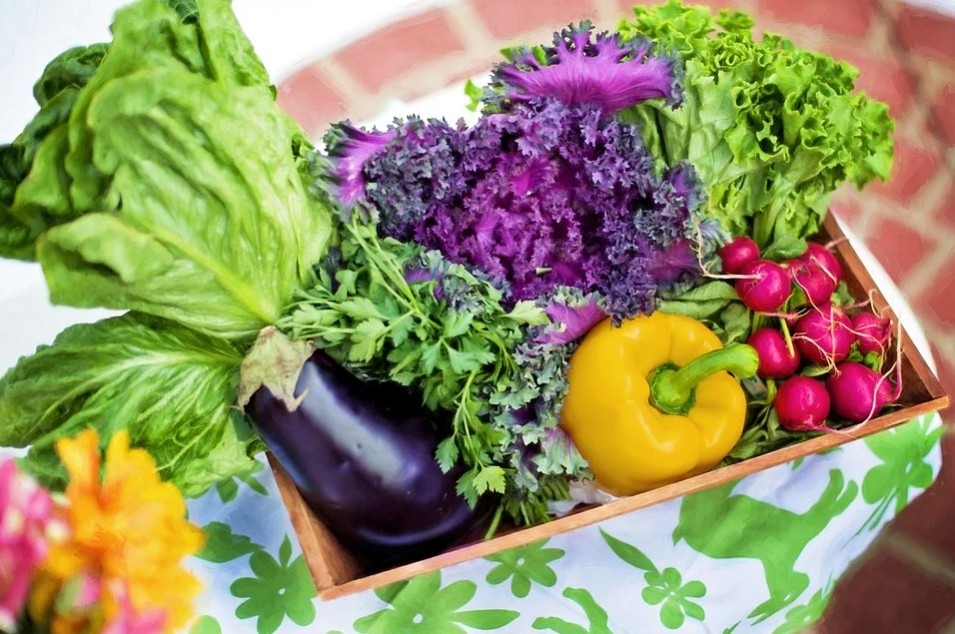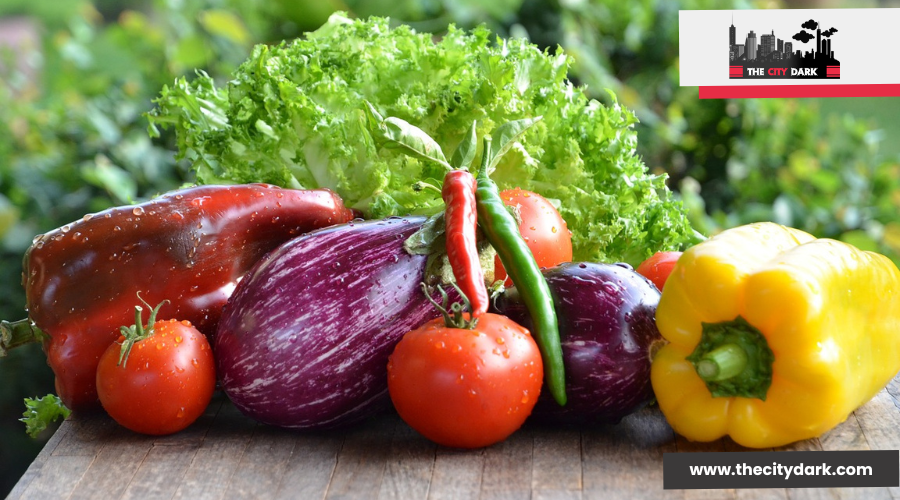The Role of Climate in Choosing a Bug-Out Location: What You Need to Know
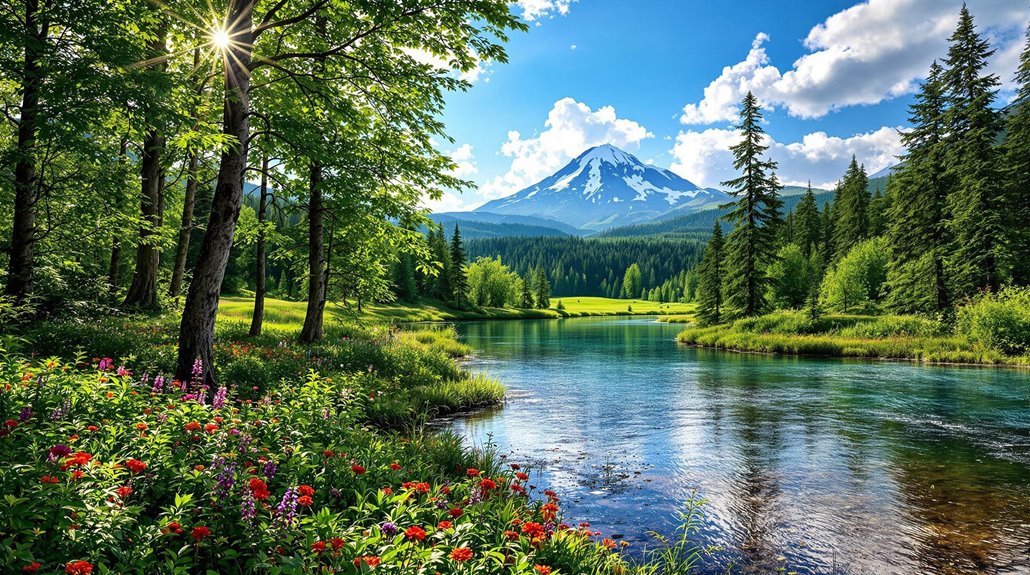
When choosing a bug-out location, you must factor in climate to guarantee survival and sustainability. Check for adequate rainfall to support water supplies and crops, aiming for areas with over 30 inches annually. Prepare for temperature extremes, making certain you have heating for cold winters and water access for hot summers. Evaluate natural disaster risks like floods, earthquakes, and wildfires for safety. Reliable water sources and purification systems are crucial, especially in drought-prone areas. Consider microclimates that may offer unique advantages for agriculture. Each climate aspect will shape your strategy, equipping you for sustainable living in emergencies. Uncover more key insights on effective bug-out planning.
Understanding Climate Importance
When choosing a bug-out location, understanding the climate is vital because it directly affects resource availability and long-term sustainability. You need to assess the availability of natural water sources, which are critical for survival. A region with consistent rainfall can guarantee that lakes, rivers, and groundwater remain viable options for fresh water. However, climate change is altering these patterns, sometimes making previously dependable water sources unreliable. It's significant to research historical data and future climate projections for any potential location.
In addition to water, the local climate greatly impacts agricultural potential. Areas with moderate climates typically provide a longer growing season, which is advantageous for cultivating food and maintaining self-sufficiency. You should evaluate how seasonal variations and rainfall might affect planting and harvesting cycles. Climate change can further complicate this by shifting growing seasons or increasing the likelihood of extreme weather events. Avoid regions frequently hit by natural disasters like hurricanes or wildfires, as these can threaten your safety and the structural integrity of your shelter. By understanding the current and projected climate conditions, you can select a bug-out location that optimizes resource availability and minimizes risks associated with climate change. Additionally, considering extreme weather events is crucial as they can damage infrastructure and disrupt essential services, impacting the feasibility of your chosen location.
Temperature Extremes Impact
While understanding climate's role in resource availability is significant, you also need to contemplate how temperature extremes can impact your chosen bug-out location. Regions with severe winters demand adequate heating and insulation to guarantee survival. Without these, cold can become a deadly adversary. Conversely, areas with scorching summers require strategies to combat dehydration and heat-related illnesses, making a reliable water source fundamental. You can't overlook this need when planning for long-term sustainability.
Temperature fluctuations can also affect the durability of structures. Frequent swings between hot and cold can cause increased wear and tear, so choosing resilient construction materials becomes vital. This secures your shelter withstands the test of time and environmental pressures.
Additionally, if your location is prone to natural disasters like hurricanes or blizzards, you'll need contingency plans and structural adaptations to face these challenges. Understanding local climate patterns, including average seasonal temperatures and historical data, will help you anticipate these extreme conditions. The Texas Winter Storm of 2021 exemplifies the importance of being prepared for such severe weather events. This foresight allows you to prepare effectively, minimizing risks associated with temperature extremes. In doing so, you'll improve your location's viability as a secure and sustainable retreat.
Precipitation Patterns Analysis
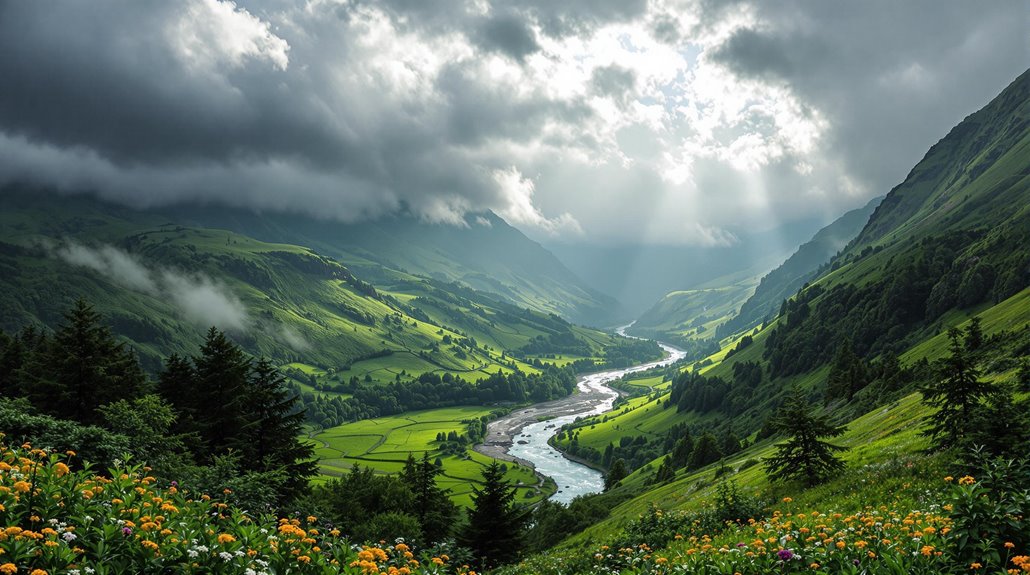
How does understanding precipitation patterns influence the choice of a bug-out location? It's essential for determining if a place can support sustainable living. By analyzing historical precipitation patterns, you'll know if a region has enough rainfall to guarantee water availability and agricultural viability. Areas receiving over 30 inches of annual precipitation are generally more favorable, providing a steady water supply and supporting crop growth. In contrast, if a location gets less than 20 inches, you'll need to plan supplementary water storage and management strategies.
Seasonal variations in precipitation, like monsoon seasons or dry spells, can impact resource availability. Understanding these variations helps you time your visits and resource planning effectively. For instance, if a location experiences heavy seasonal rains, you might need to take into account raised structures or efficient drainage systems to mitigate potential flooding risks.
Incorporating data from regional climate studies, including how climate change affects precipitation patterns, can inform your long-term planning. This foresight guarantees adaptability in your bug-out location. By understanding local rainfall patterns, you can make informed decisions, preparing for both immediate needs and future challenges related to water storage and resource management.
Natural Disaster Risks
Selecting a bug-out location necessitates a sharp comprehension of natural disaster hazards to ensure your security and enduring survival. It's essential to evaluate the frequency and severity of natural disasters like hurricanes, tornadoes, earthquakes, or floods in prospective areas. Regions susceptible to these disasters markedly increase your risk levels. The Federal Emergency Management Agency (FEMA) provides flood zone maps, which can be critical in pinpointing areas prone to flooding. This information is imperative when choosing a secure bug-out retreat. You should also take into account seismic activity if you're examining areas along fault lines. States like California experience thousands of earthquakes every year, so grasping these risks and ensuring structural resilience is important. Furthermore, wildfire risk, particularly in western states, has soared, with average annual acreage burned up by over 600% since the 1970s. Choose rural regions with lower vegetation density to reduce this danger. Comprehending local climate trends, such as seasonal weather variations and extreme temperature changes, assists you in preparing your shelter and survival tactics. By meticulously assessing these natural disaster risks, you can select a bug-out location that improves your safety and long-term sustainability. Understanding tornado alerts is crucial to ensure timely action during severe weather events, enhancing preparedness and safety.
Water Source Reliability

Securing access to reliable water sources is vital for survival when selecting a bug-out location. You need to prioritize natural bodies of water such as rivers, lakes, and springs, which are fundamental for sustainable living. But remember, water source reliability isn't just about presence; it's about consistency and quality. Rivers might seem appealing, but their flow can vary seasonally, leading to droughts or flooding, which can drastically impact their dependability. Springs, on the other hand, offer a more consistent supply of fresh water. If maintained properly, springs can be one of your most trustworthy sources in a survival scenario. Before you settle on a location, verify you have clear legal access to these water sources. Ownership disputes or local regulations could prevent you from using them, complicating your survival plans. Once you've secured a dependable source, focus on purification methods. Even natural waters may harbor contaminants or pathogens, so effective purification is vital. Implementing water storage systems will also guarantee you have a buffer during dry spells or emergencies. By carefully evaluating these factors, you'll guarantee a steady, safe water supply for your bug-out location. To ensure the safety of your water, consider boiling as a method to kill bacteria and pathogens, providing you with potable water.
Vegetation and Wildlife Considerations
When selecting a bug-out location, vegetation-wildlife dynamics play a fundamental role in guaranteeing both food availability and safety. Diverse vegetation can provide a range of foraging opportunities, enhancing your dietary options in emergencies. To make an informed decision, consider the following:
- Edible Vegetation: Look for regions abundant in wild berries, nuts, and other edible plants. This not only elevates self-sufficiency but also guarantees a steady food supply.
- Wildlife Assessment: Identify local wildlife species. Some animals, like deer and rabbits, can be valuable food sources, while others, such as bears or snakes, might pose threats. Recognizing these dynamics helps you prepare and plan accordingly.
- Ecosystem Health: A variety of native plant species often indicates a healthy, balanced ecosystem. This can be significant for sustainable living and long-term survival.
- Habitat Support: Confirm that the vegetation supports local wildlife habitats. This balance is essential, as it maintains the natural food chain and could provide supplementary resources for you.
- Hunting Techniques: Knowing primitive tools like throwing sticks, bows, and atlatls can enhance your ability to procure food from the wildlife available in your chosen bug-out location.
Balancing vegetation and wildlife considerations will help you choose a bug-out location that optimizes food availability and minimizes risks, creating a safer, more sustainable environment.
Seasonal Changes and Adaptation
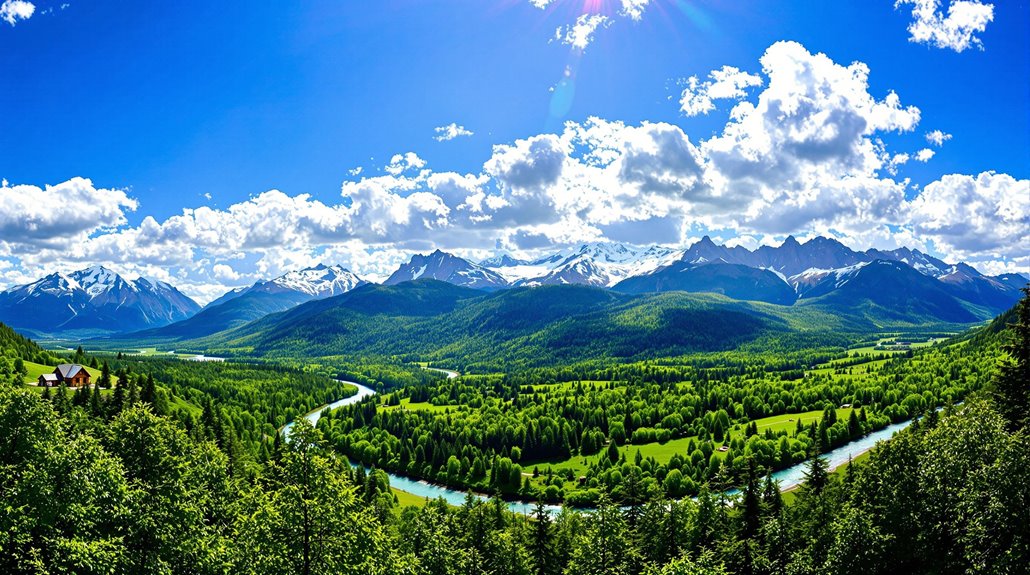
Seasonal changes inevitably play a vital role in determining the viability of a bug-out location. You'll need to take into account how these shifts affect resource availability. For instance, winter can limit food production and water access, while summer heat might increase evaporation, reducing water resources. Understanding local climate patterns becomes significant. You should plan food storage wisely, perhaps by harvesting crops before frost or heavy rains arrive. Monitoring seasonal weather trends helps you decide the best times for evacuation or when to prepare your shelter.
Don't overlook the frequency and severity of seasonal storms, such as hurricanes or snowstorms. Assess these risks to guarantee your shelter and supplies can withstand extreme weather. Adaptation strategies are key to managing these climate challenges. Building insulated shelters can help you maintain a stable internal environment despite external temperature fluctuations. Furthermore, creating water catchment systems can effectively secure your water supply during dry spells or increased evaporation periods. Ensuring community cohesion enhances collective resilience, as unified efforts lead to efficient resource allocation and improve survival chances during periods of scarcity.
Microclimate Benefits
Microclimates can offer distinct advantages when selecting a bug-out location. By understanding these localized weather patterns, you can tailor your survival plan to utilize microclimate benefits effectively. Here's how microclimates can be a game-changer:
- Weather Moderation: Areas with unique features like hills or valleys often create microclimates that buffer extreme weather. This moderation can make staying in one place more feasible over the long term.
- Agricultural Productivity: Milder temperatures or increased rainfall in certain microclimates can improve your ability to grow food. Knowing which crops thrive in your chosen location is essential for sustaining yourself.
- Natural Resource Availability: Microclimates can impact the availability of water and vegetation. This knowledge helps you plan better for water storage and food supply management during emergencies.
- Disaster Risk Reduction: Researching historical weather data for microclimates can help you avoid areas prone to natural disasters. Picking a spot less likely to experience floods, droughts, or extreme heat events reduces potential risks.
- Incorporating a survival garden into your bug-out location can enhance food security, as it allows for the cultivation of essential crops tailored to the specific microclimate, offering a sustainable food source during emergencies.
Environmental Challenges and Solutions

Selecting a bug-out location requires a keen awareness of environmental challenges and their solutions. You'll need to evaluate the frequency and severity of climate events like hurricanes, floods, or wildfires. These can greatly threaten your safety and property, making it essential to identify areas less prone to such disasters. In regions with frequent droughts, addressing limited resources is key. Water resource management becomes a priority, so plan for reliable water storage and purification methods to guarantee sustainability.
Extreme temperatures pose another challenge. You'll have to verify your shelter can handle both heatwaves and cold snaps. Adequate insulation, ventilation, and heating or cooling systems are necessary to maintain comfort and safety throughout the year.
Soil quality is another factor that can't be overlooked. It affects crop yield and food security, so understanding local growing seasons and sustainable practices is fundamental. You'll need to assess the agricultural potential to support your needs effectively. It's crucial to select crops that are high in nutritional benefits and can thrive in your chosen climate, ensuring a sustainable and resilient food supply.
Finally, evaluate local wildlife behavior and migration patterns. Climate changes can impact these, affecting resource availability and safety. Being informed about these patterns helps you plan better and minimize threats in your chosen location.
Long-Term Climate Trends
Over recent decades, long-term climate trends have revealed a consistent rise in global temperatures, which can directly impact your choice of a bug-out location. Since the late 19th century, temperatures have increased by approximately 1.2 degrees Celsius, making stability a vital factor in finding the perfect bug-out location. As you consider potential sites, keep these key climate trends in mind:
- Extreme Weather Events: Avoid regions with frequent hurricanes, droughts, and floods. These natural disasters can compromise both safety and sustainability, making them less than ideal for your bug-out plans.
- Shifting Plant Growth Zones: The USDA Plant Hardiness Zone Map shows changes in plant growth zones. Warmer temperatures might expand viable areas for crops in certain regions but can also reduce them in others, affecting food production.
- Rising Sea Levels: Coastal areas are at risk, with sea levels projected to rise 1 to 4 feet by 2100. Consider the vulnerability to flooding and erosion when selecting a coastal bug-out location.
- Precipitation Patterns: Evaluate regions for water security by reviewing historical rainfall data and future projections. Some areas may face water scarcity, while others might experience increased flooding.
It's crucial to prepare for hurricanes if you choose a location in an area prone to such events, ensuring safety and protection for your home and family.
These factors are significant in choosing a safe, sustainable bug-out location.



